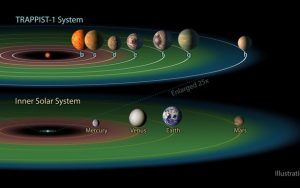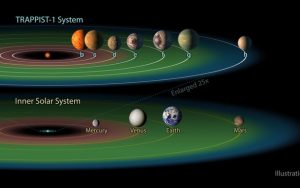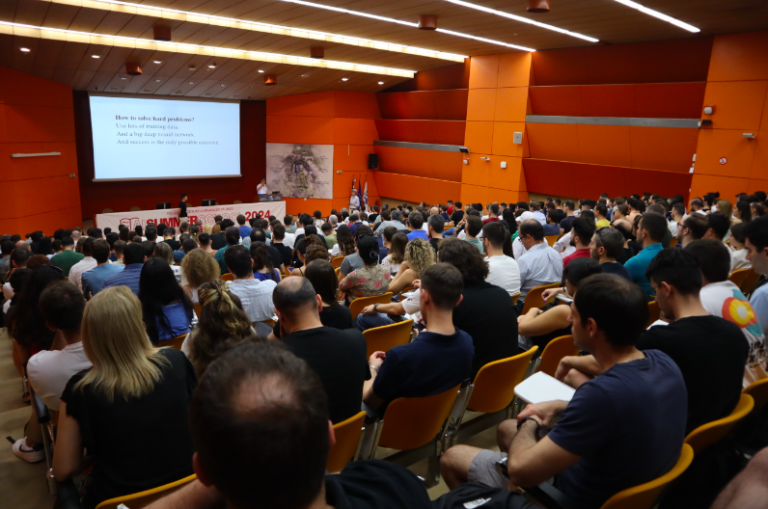TRAPPIST-1 is one of the most fascinating planetary systems discovered so far. Located just 40 light-years away, seven roughly Earth-sized planets are orbiting a red dwarf star, with three of them within the habitable zone. Now, two new studies have looked at the habitability of these planets, with a focus on radiation from the star and tides caused by the other planets. Strangely enough, these factors could help make them more liveable.
One of this system’s quirks is that all seven of its planets, dubbed TRAPPIST-1b through -1h, orbit very close to the star, and each other. In fact, all of them could quite comfortably fit between Mercury and the Sun. That might sound like it’d be way too hot for life, but luckily TRAPPIST-1 is a relatively cool red dwarf, so its habitable zone is much closer.

The flipside to that is that it’s a very active star, throwing off far more high-energy particles than our own Sun does. This radiation has the potential to break apart complex molecules that are important to life, effectively sterilizing these planets before life can even get started.
Read more HERE
Ask me anything
Explore related questions





